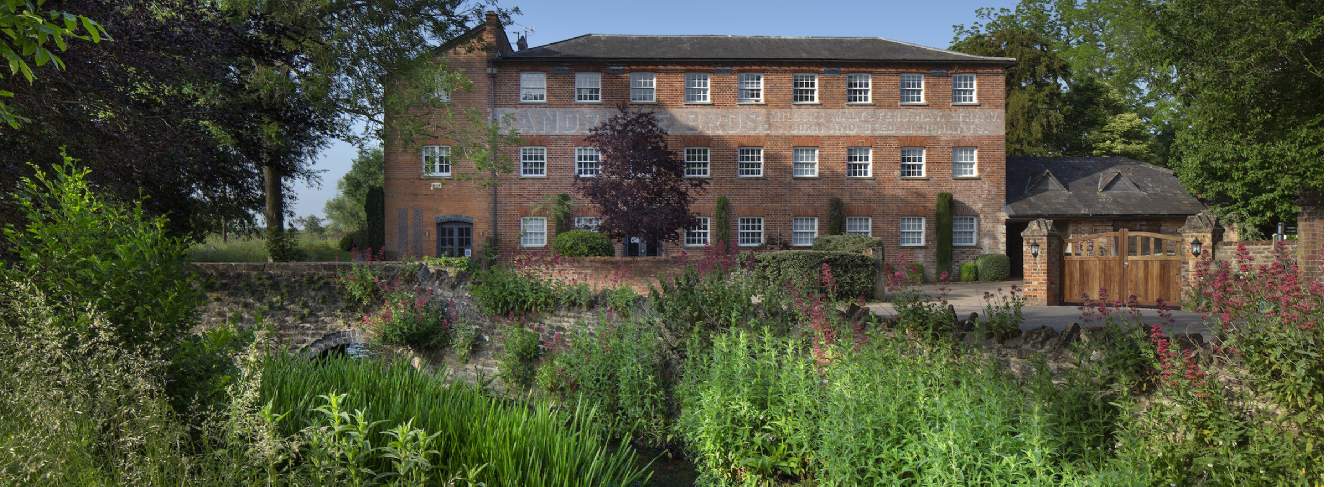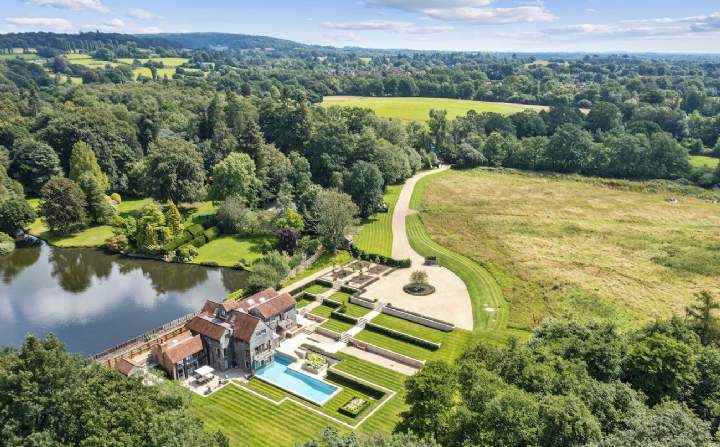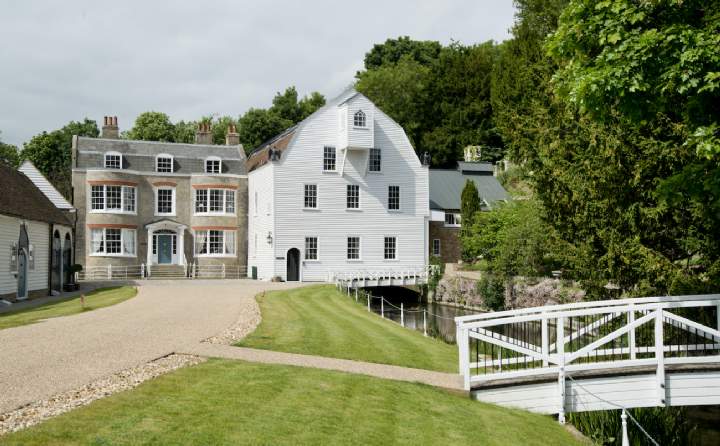Representing some of our earliest industrial buildings, mills are embedded within British architectural history, with the first documented use of water mills dating back to the Romano-British period. Initially used for grinding grain, the number of mills increased rapidly during medieval and post-medieval times, when they started to take on more industrial functions, such as cloth and paper manufacture.
Despite falling out of use by the early 20th century, mill buildings remain a feature of rural and urban landscapes today. They have a lot to offer architecturally, thanks to their inherent character, high ceilings and spacious layouts, and therefore lend themselves very well to conversion into homes.
The beauty of a mill conversion, however, is about more than the building itself – it’s about its location. Mills were more often than not built on their own in rural but well-connected areas. Water mills have a magical charm in that they sit alongside running water. Not only does the sound of water trickling down a mill stream or rushing into a mill pond relax even the busiest of minds, its presence normally means an array of wildlife.
Souldern Mill in Oxfordshire, below, is a classic example. Surrounded by farmland, the original downstream mill race and millstream runs two sides of the gardens, and the mill pond is a haven for kingfishers, ducks and swallows to name a few.
Here is our selection of the finest mill conversions currently on the market.

.jpg)
.jpg)
.jpg)
.jpg)
.jpg)
.jpg)

.jpg)
.jpg)
.jpg)

.jpg)
.jpg)
.jpg)
.jpg)
.jpg)
.jpg)
.jpg)
.jpg)
.jpg)
.jpg)
.png)